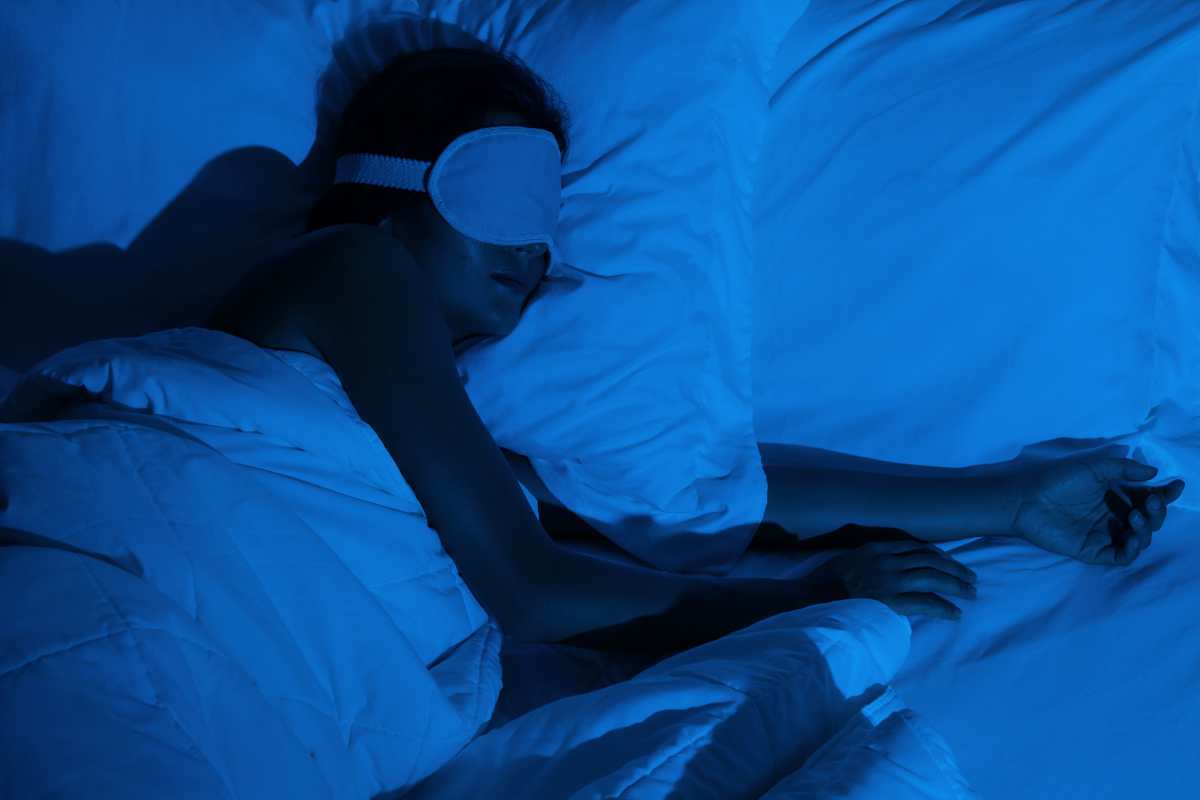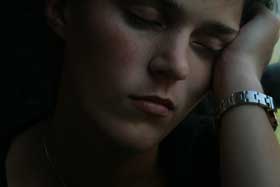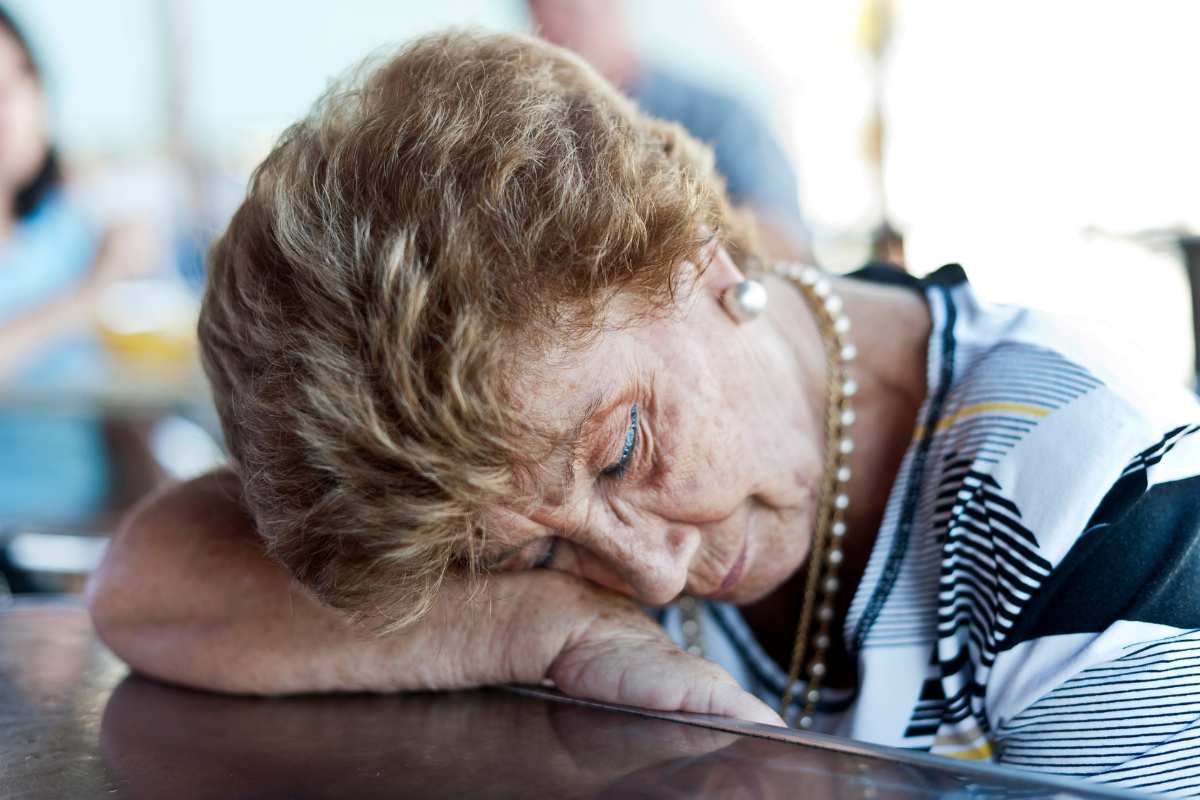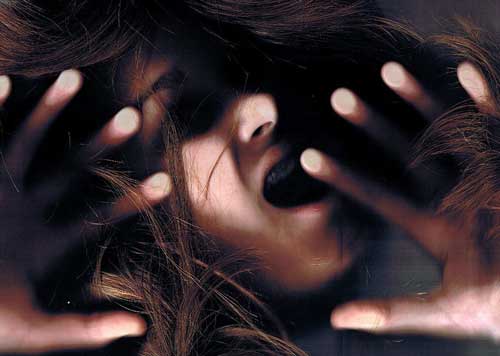Somnambulism better known as sleepwalking
Somnambulism, better known as sleepwalking, has been the subject offictional stories and real life drama.
As far as we know, people have been doing it since the beginning of time, but scientific studies concerning it have only been possible within the last century.

Inventions, such as the EEG (electroencephalogram) which measures the activity of the brain, have made it possible to study sleep walking while it is going on and to look at the stage of sleep in which it occurs. Contrary to popular belief, sleepwalkers are not usually acting out their dreams.
Acting out a dream is a different thing all together. It is known as REM behavior disorder. REM (rapid eye movement) time is when we dream.
Sleepwalking typically occurs during a NREM (non rapid eye movement) stage. NREM is divided into four stages, beginning with periods of light sleeping, when one is easily woken during the early hours of the night.

In most cases, when sleep walking occurs, it occurs between the hours of 11pm and 1am; the first third of the night’s sleeping time. It rarely occurs more than once a night and affects more children than adults.
What causes sleep walking
Genetics or heredity may play a role in this, as it does in many psychological and physical health problems. Although sleep walking, perse, is not necessarily a health problem, it is possible for a person to fall or become injured. They may end up in dangerous situations, such as out in a busy street in this state of low consciousness.
Drugs are sometimes prescribed for the treatment of sleepwalking. Low doses of tricyclic antidepressants, for example, are sometimes helpful.
But, since there is the possibility that the drugs could increase the number of episodes, doctors typically recommend restraint as the first line of therapy.

Waking a person that is sleep walking
Waking a person that is sleep walking is not harmful. But, those that live with sleepwalkers should be aware that disorientation occurs when they are wakened. Gently leading them back to bed may be a better solution than trying to fully wake them.
Sleepwalking and sleep deprivation are related. It occurs more frequently when a child or an adult is overly tired. Thus, going to bed earlier may be a solution.
Concurrent symptom
Restless leg syndrome seems to be a concurrent symptom, especially in children. Although
there are drugs designed specifically for restless leg, magnesium supplementation may be just as beneficial. Many people find that it stops their leg motions.
As far as other nutritional therapy or other treatments go, not much effort has gone into the study of how effective they may be. Most of the sleep walking studies that have been conducted are merely observational. In other words, the subjects are watched and recorded.
Currently, the best advice is to make an effort to prevent the subject from leaving the house, falling down the stairs or picking up a weapon. Sleepwalking can become dangerous to the individual and to other people in the home if protective efforts are not made.








